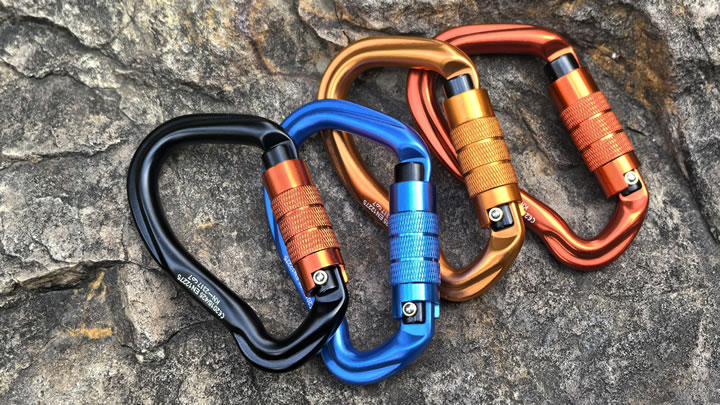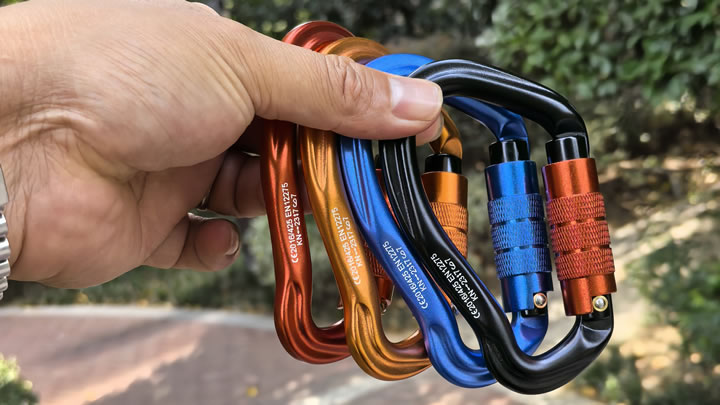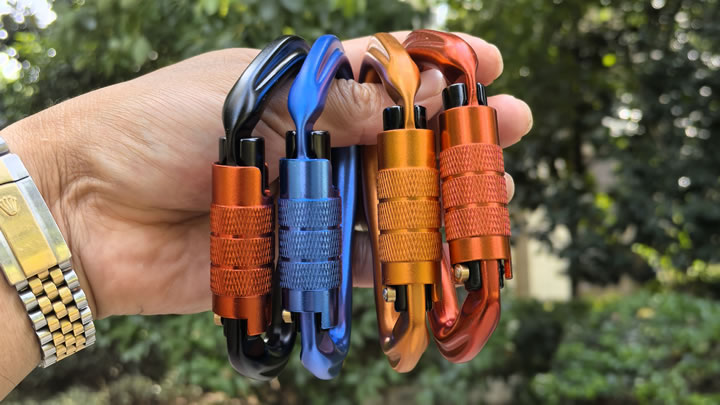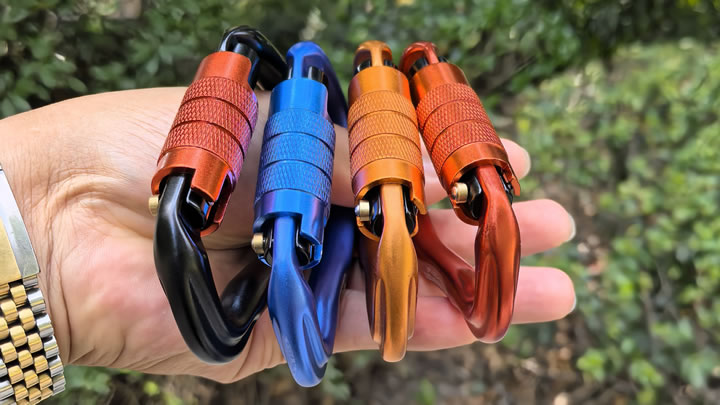Snake bite treatment for hikers?
A snake bite on the trail triggers primal fear—but panic kills faster than venom. With 7,000–8,000 venomous bites annually in the U.S. (mostly rattlesnakes, copperheads, cottonmouths), knowing evidence-based response is critical. Forget Hollywood myths: Here’s what wilderness medicine experts (NOLS, WMS) dictate.

⚠️ Immediate Actions: The Golden Hour
- STOP & STAY CALMSit down immediately. Movement accelerates venom spread.Heart rate matters: Anxiety spikes circulation. Breathe slowly (4-sec inhale, 6-sec exhale).
- CALL FOR HELPUse satellite communicator (Garmin inReach), PLB, or cell. Give GPS coordinates.No signal? Send a companion; never hike out alone if bitten.
- POSITION THE WOUNDKeep bite at or below heart level—unless immobilization delays evacuation.
- REMOVE CONSTRICTIONSTake off rings, watches, tight sleeves (swelling escalates rapidly).
- CLEAN & COVERRinse gently with water (no soap/scrubbing). Cover with sterile dressing.
🚫 DEADLY MYTHS: What Never to Do
- ✖️ Tourniquets: Ischemia risks limb loss. Studies show 36% complication rate (per Annals of Emergency Medicine).
- ✖️ Cutting/Suction: Introduces infection; removes <0.1% venom.
- ✖️ Ice/Cryotherapy: Deepens tissue damage.
- ✖️ Caffeine/Alcohol: Increases heart rate/metabolism.
- ✖️ Capturing the Snake: 30% of bite victims get re-bitten. Snap a photo from 10+ feet away instead.
🐍 Identification Matters (But Don’t Chase!)
Know your regional threats:
- Pit Vipers (Rattlesnakes, Copperheads, Cottonmouths):Signs: Puncture wounds, swelling, bruising, severe pain.
- Coral Snakes (Southeast/SW):Signs: Minimal pain/swelling, but neurotoxic symptoms (slurred speech, muscle weakness).
🚁 Evacuation Protocol: Time = Tissue
- Antivenom is the only cure.
- Carry or litter evacuation preferred (walking worsens outcomes).
- Note bite time: Helps medics gauge venom progression.
- Monitor symptoms:Local: Swelling, blistering, necrosis.Systemic: Nausea, dizziness, low BP, metallic taste.
🛡️ Prevention: Your Best Defense
- Wear snake gaiters (Cordura > nylon; tested to 1,000 PSI).
- Step onto logs/rocks—never over.
- Use trekking poles to probe brush.
- Avoid tall grass/rock piles at dusk (snakes’ active hours).
🧪 Science-Based Reality Check
- 25–50% of bites are "dry" (no venom injected).
- Mortality rate is <0.05% with prompt care.
- Fatalities stem from:Allergic shock (rare)Delayed treatment (>6 hrs)Dangerous "field treatments"
"The goal isn’t to suck out venom—it’s to suck oxygen into your lungs while help arrives."—Wilderness Medical Society Guidelines
Key Takeaway:
Stay calm, immobilize, evacuate. Your survival depends on slowing venom spread and reaching antivenom—not folklore. Pack a satellite communicator, memorize these steps, and hike prepared.






